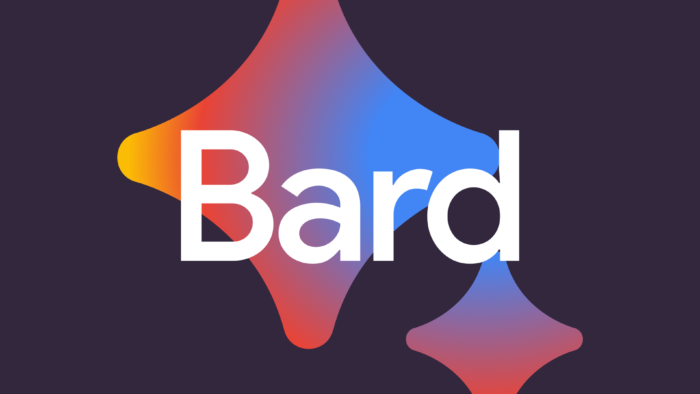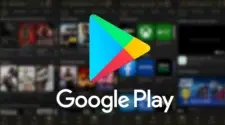Google is expanding its AI chatbot called Bard to Europe and Brazil. This move is considered its largest expansion yet. It is now available in even more languages. In addition to this, Bard is receiving new features related to productivity and personalization.
At the I/O 2023 event in May, Google introduced Bard with support for Korean and Japanese languages. Now, Bard supports more than 40 languages, including Arabic, Chinese (Simplified/Traditional), German, Hindi, and Spanish. Users from diverse regions can effectively communicate with Bard thanks to its extensive language support.
Google Bard is Now Available in More Countries in Europe
Google Bard has successfully overcome regulatory issues and is now available in all 27 countries of Europe, as well as in Brazil. The company ensured a smooth expansion by actively engaging with experts, policymakers, and privacy regulators throughout the process. Their collaboration and efforts have allowed Google Bard to be accessible to users in these regions while complying with relevant regulations and privacy standards.
New Features Added to Google Bard
A new feature has been introduced for Bard by Google. The new feature allows users to customize the tone and style of the chatbot’s responses. A dropdown menu, similar to the ones in Gmail and Docs, has been added next to the thumbs up/down buttons. This menu provides five options for response styles: Simple, long, short, professional, or casual. 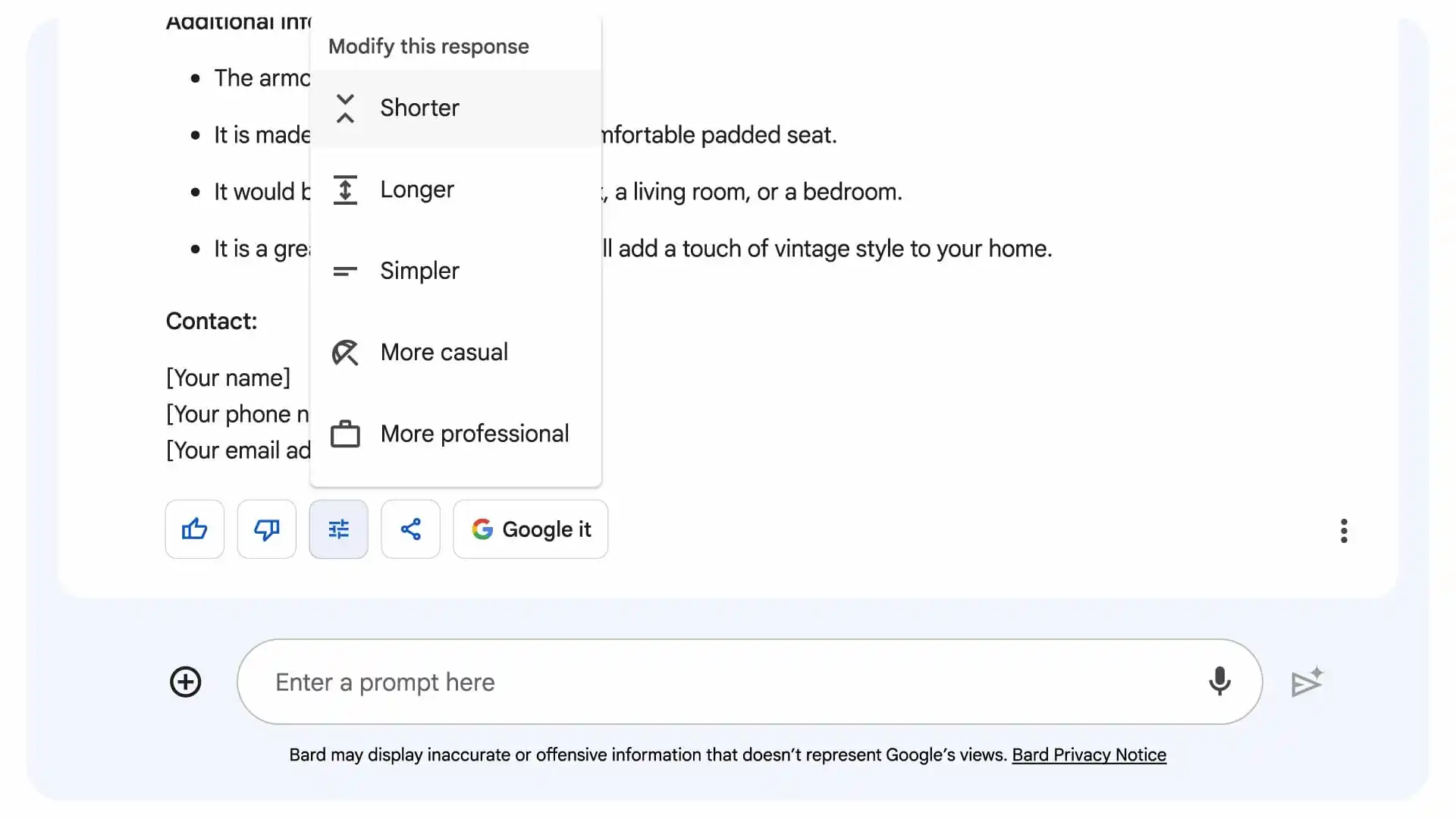
When a user selects one of these options, Bard will regenerate the reply accordingly. Bard adapts its tone and style to align with the user’s chosen preference. While currently available in English, Google plans to expand this feature to more languages in the near future. This enhancement aims to provide users with a more personalized and tailored interaction experience with the chatbot.
In addition to its features, Bard now offers a text-to-speech functionality. With this, users can listen to its responses in over 40 languages. Users can listen to Bard’s responses by tapping the sound icon in the top-right corner. This feature proves to be particularly useful when users want to hear the correct pronunciation of a word or when they wish to listen to a poem or script. It adds a convenient and engaging element to the interaction with Bard, enhancing the overall user experience. 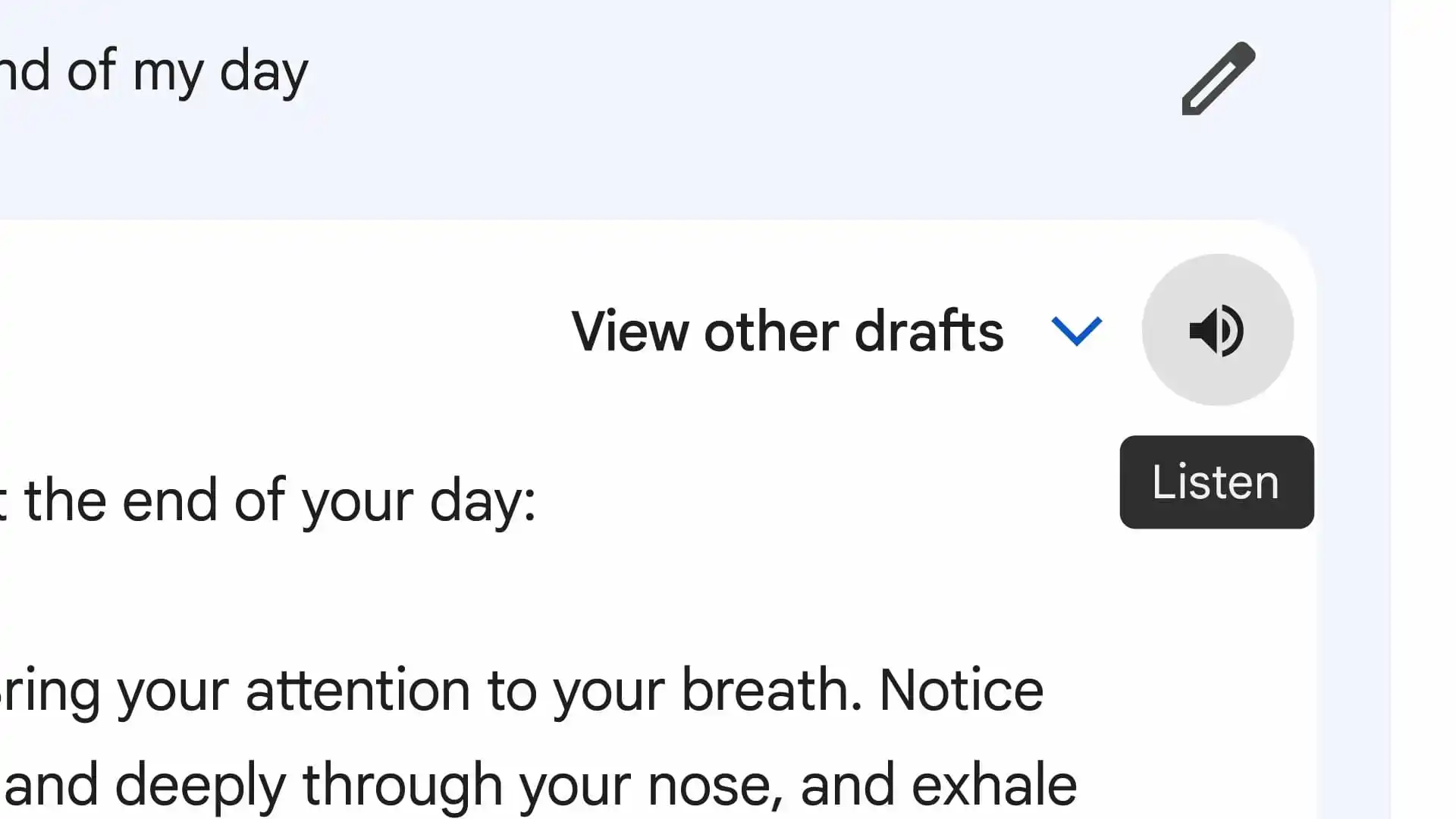
Google Bard Productivity Features
Google is introducing four productivity-boosting features for Bard. The first feature is the ability to pin chats, which allows users to save entire exchanges, including prompts and answers. This enables users to easily revisit past searches without having to recreate them from scratch.
The second feature allows users to have multiple conversations simultaneously. This means that users can engage in multiple chat sessions with Bard at the same time, making it more convenient and efficient to handle various inquiries or discussions.
These features aim to streamline the user experience by providing quick access to previous searches and facilitating multitasking capabilities within the chat interface. 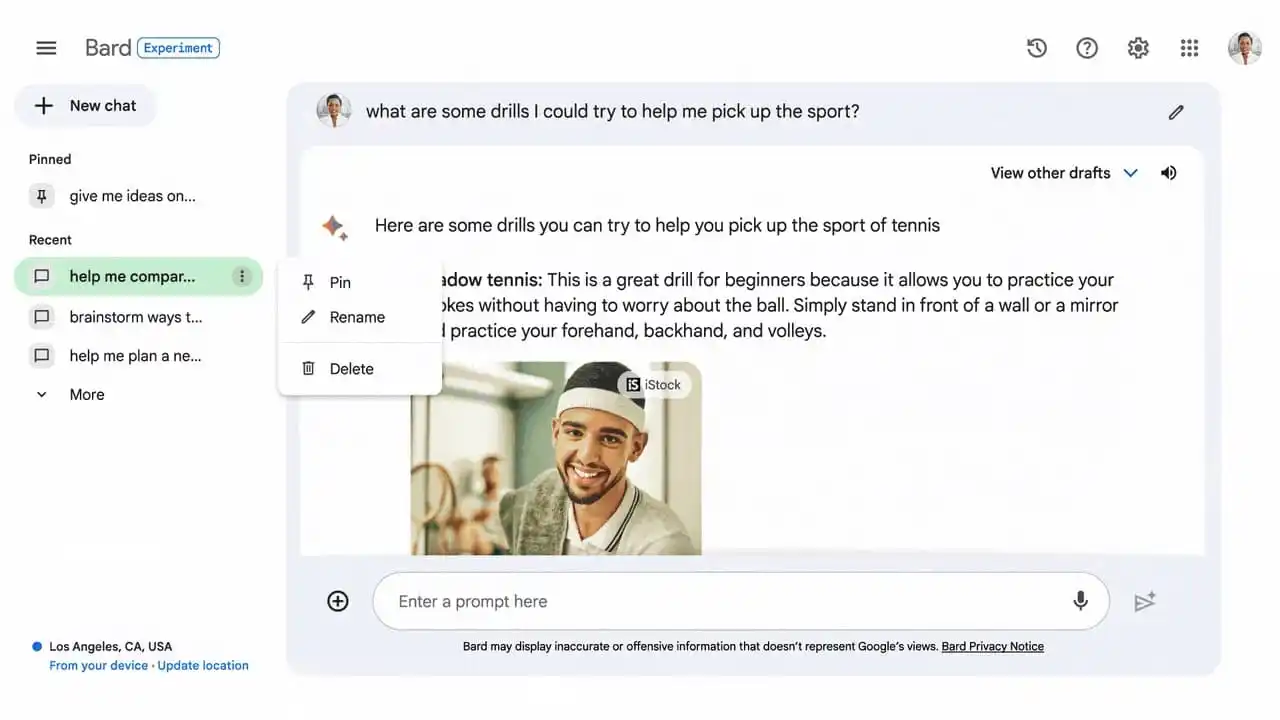
The best ideas take time, sometimes multiple hours or days to create. Keep your threads and pin your most critical threads to keep your creative process flowing.
Gizchina News of the week
To enhance organization and ease of navigation, Google has introduced a new sidebar for Bard that showcases the pinned conversations. These pinned conversations can be renamed according to user preferences. The sidebar layout consists of a “New chat” button at the top. Followed by the “Pinned” section, where users can find their saved conversations. Additionally, there is a section for “Recent” conversations, allowing quick access to recent interactions.
Google has Made Changes to the User Interface of Bard
In terms of user interface changes, Google has relocated Bard Activity, FAQ, and other settings to the top-right corner. This adjustment aims to provide a more streamlined and intuitive user experience by placing important settings and information in a readily accessible location. These changes contribute to an improved workflow and ease of use within the Bard chat interface.
Share Bard Conversations with Friends
Google has introduced the capability to create links to Bard’s responses, providing users with a convenient way to share their ideas and creations with others. This feature allows users to generate specific links that lead directly to a particular response from Bard. By sharing these links, users can easily showcase and communicate specific information, prompts, or conversations with others. This helps in promoting collaboration and effective knowledge sharing. It offers a seamless way to reference and exchange information from Bard with colleagues, friends, or anyone else who might find the content valuable.
Shareable links make seeing your chat and any sources just a click away so others can seamlessly view what you created with Bard.
Python Coding is Made Easy with Google Bard 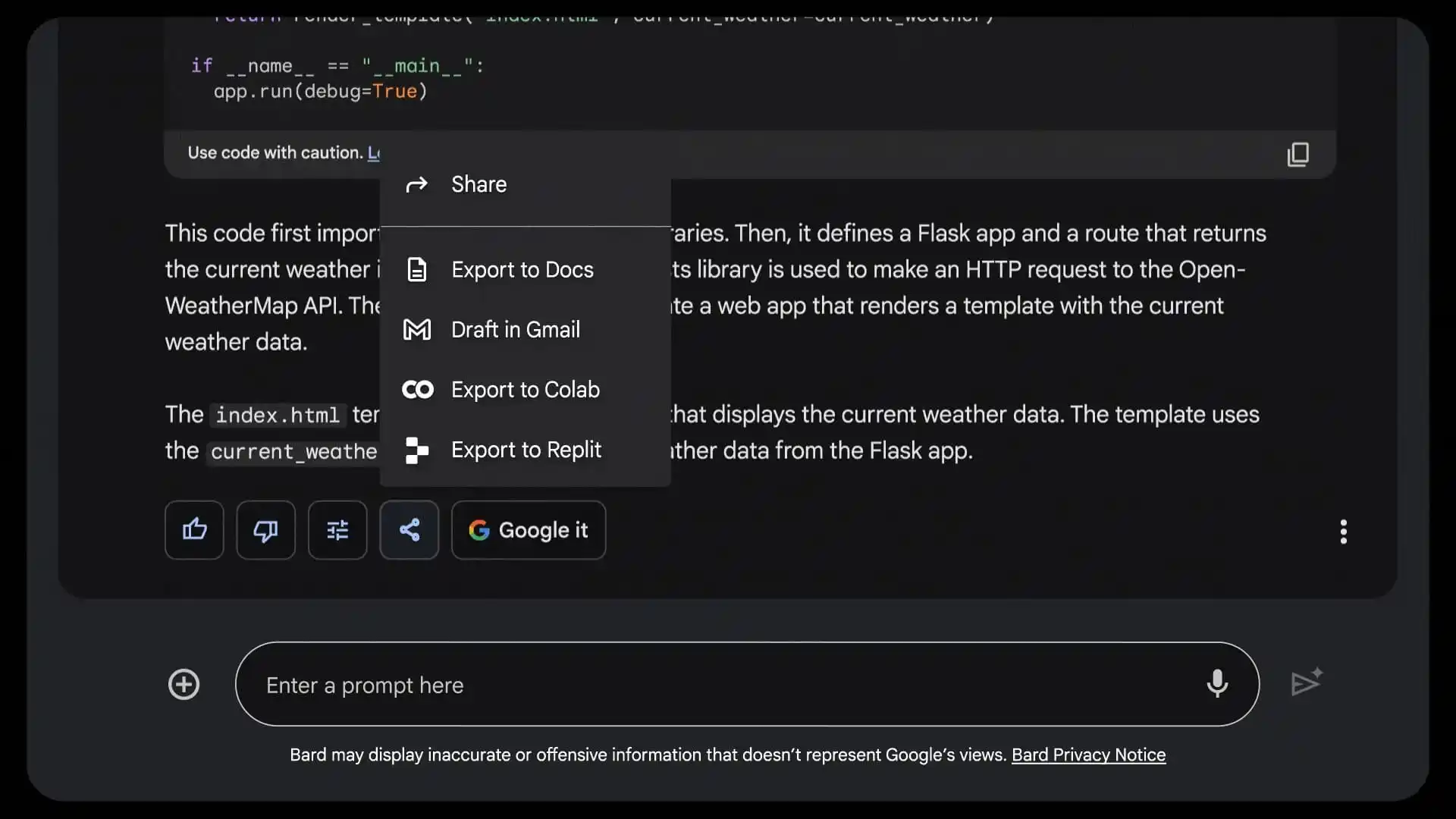
In an expansion of its capabilities, Bard now offers the ability to export Python code to Replit, in addition to its existing integration with Google Colab. This means that users can conveniently export their Python code generated during their interactions with Bard directly to Replit, a popular online coding platform. This enables users to continue working on and executing their Python code within the Replit environment, further extending the utility and versatility of Bard.
Furthermore, it’s worth noting that these features are available across more than 40 languages, ensuring a wide reach and accessibility for users around the world. Regardless of the language used, users can benefit from the seamless integration with Replit and the ability to export Python code for further development and execution.
Bard Integration with Google Lens 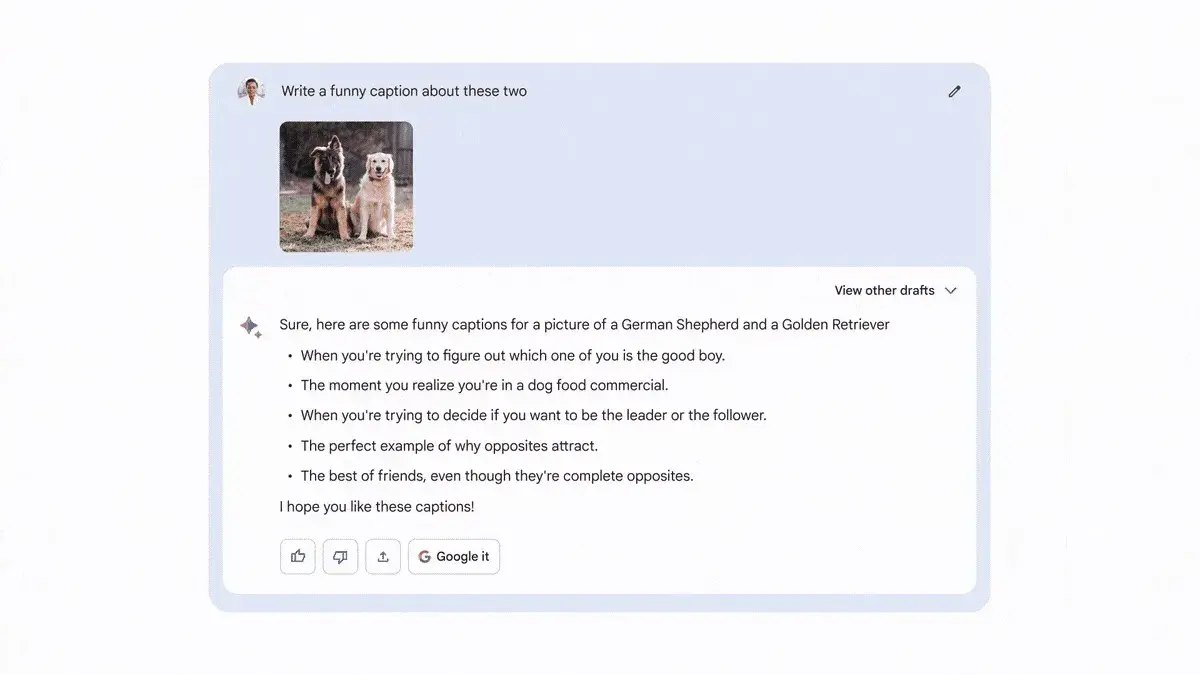
Excitingly, Bard has now integrated with Google Lens, and this feature is currently live. Users can upload images by tapping on the plus button next to the text field and ask questions or seek information about the uploaded images. With Google Lens providing powerful object recognition capabilities, Bard can assist in identifying objects within the images. Moreover, Bard can even generate captions for the images, adding an additional layer of context and information.
It’s important to note that this Google Lens integration with Bard is currently available in English. By leveraging the combined capabilities of Google Lens and Bard, users can explore a new dimension of visual interactions, extracting insights and information from images in a conversational manner.

